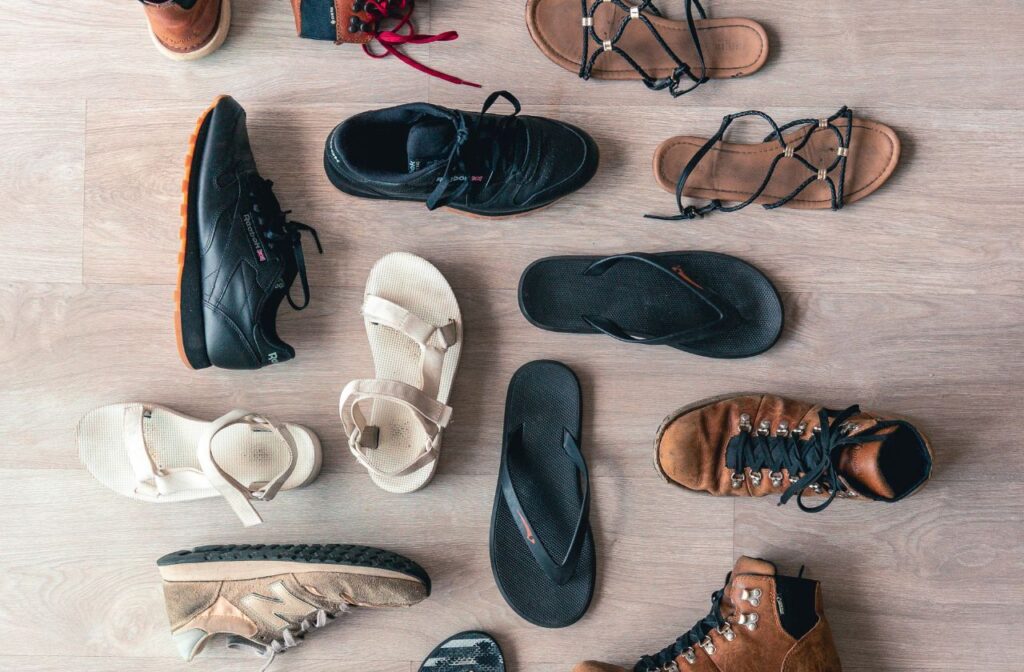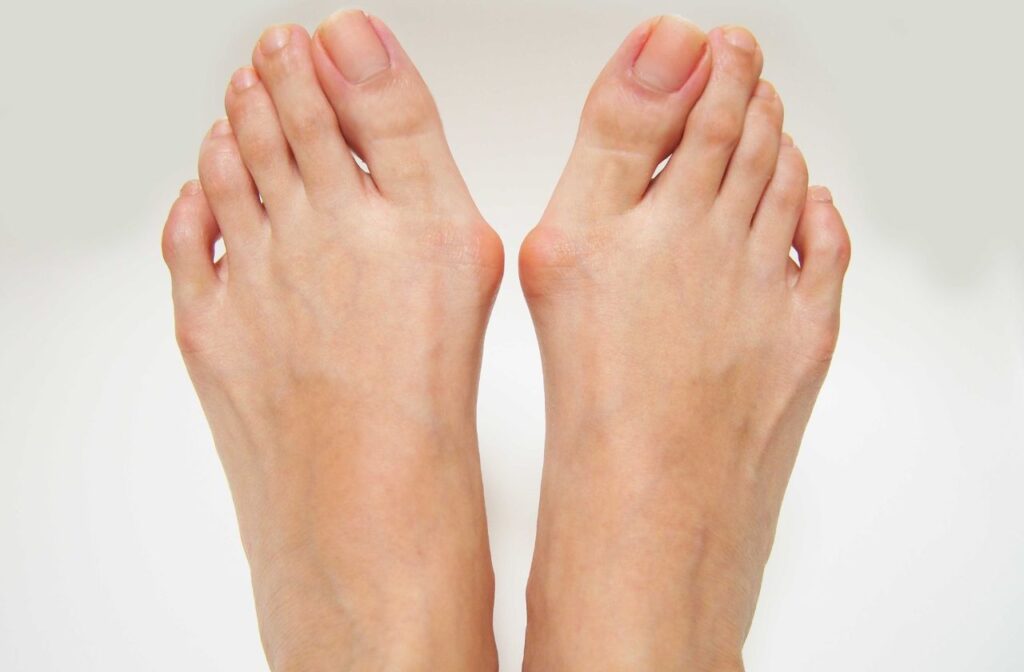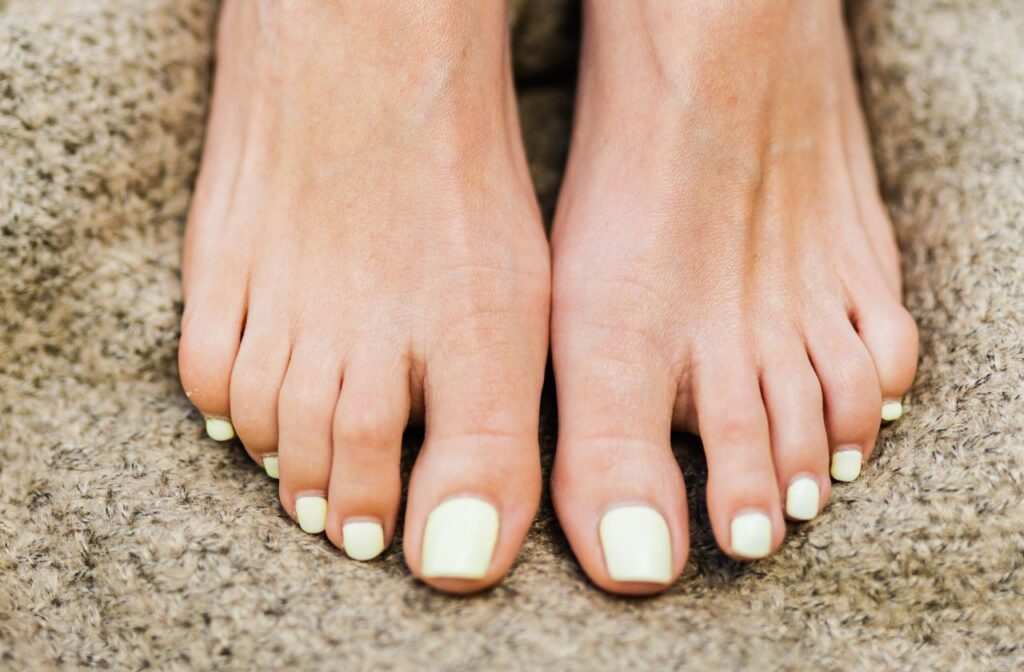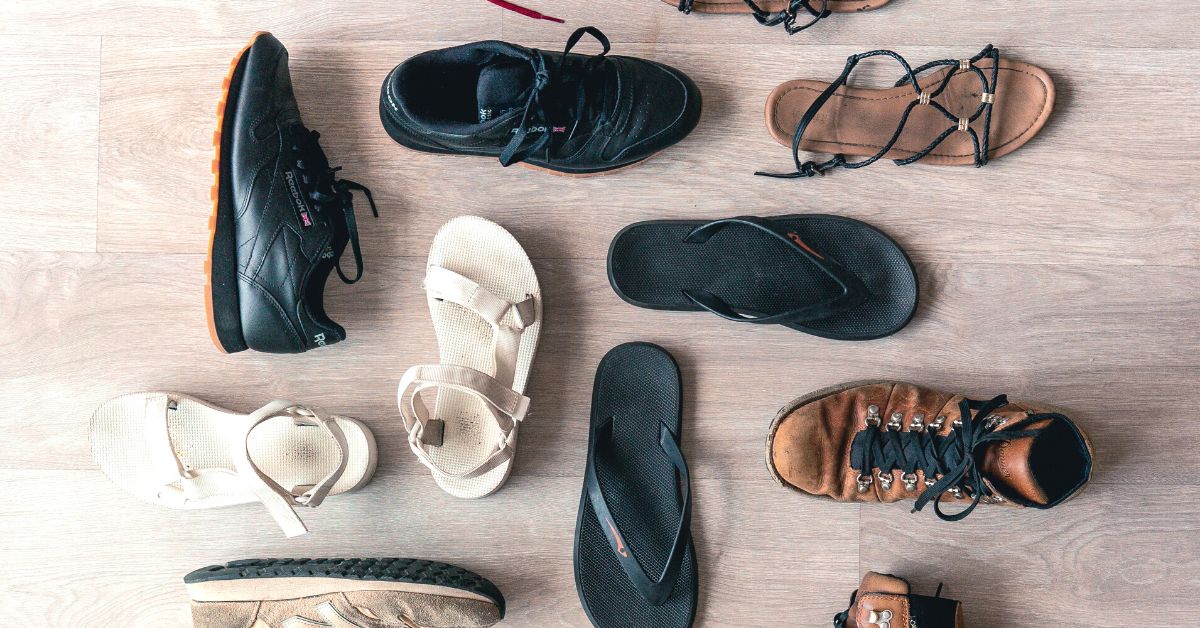While everyone suffers from foot health concerns at some point in their lives, some complaints tend to be more common in certain age groups or genders. Here are 5 of the most common foot issues for women.
Common foot issues for women
1. Pregnancy and Your Feet
During pregnancy your body releases a hormone called Relaxin, which is designed to help you during labour. However, this hormone is non specific and can affect all ligaments in the body. Specifically, it has an impact on your feet and legs. This is because of the increase in weight as your baby grows. Find out more about leg and foot problems in pregnancy.

2. Corns
Corns develop when there is an increase in pressure and/or friction to the skin. They are made the same way callus is except the process occurs earlier in the skin cell cycle. So, instead of it sitting on top like callus it sits in the skin. This makes it more painful than callus as it is closer to the nerves in the foot, but also because a lot of corns are “cone” shapes with the sharp end pointing in towards the foot.
Corns can occur along the bottom of your feet, in between your toes and along the tops of your toes. The main cause is usually footwear that is too restrictive. Shoes that taper in the front and are too shallow in the toe box can increase pressure along the tops of the toes (especially if you have hammer or mallet toes) and in between the toes. If shoes are not soft enough or have internal stitching, this can also cause an increase in pressure on your skin which results in corns forming.
Certain types of corns can lead to bleeding and further tissue breakdown causing wounds and potentially infections. Sometimes these can be confused with warts/ verrucas and vice versa. Your podiatrist will be able to differentiate between the two and can also assess if your footwear is problematic.
There are certain products on the market that claim to remove corns. However, it is not recommended to use these products as the plasters which contain an acidic paste can move off the corn and can damage healthy skin.

3. Bunions
Bunions (big toe joints) and bunionettes (which affect the joints of the 5th toe) can come about through poor footwear choices when the shoes taper in the front or you have high heels. High heels throw most of your body weight forward onto the balls of your feet. The increase in pressure on the joints can cause them to misalign. This is especially true of the big toes as they are not able to spread out in the shoe.
The way you walk can also have an impact on your feet and can make you more susceptible to getting bunions.
Your Podiatrist will be able to determine the cause and offer advice on footwear and management of your bunions to prevent them from getting worse.
4. Hammer Toes
Certain footwear such as thongs, loose fitting shoes or heels can create hammer toes. Whether it’s your foot trying to keep the shoe on or is being forced into an unnatural position, hammer toes are caused by shortening the ligaments under the toes or from arthritis where the joints fuse in a bent position. These deformities can cause corns to develop on the very top of the toes as it has changed the location of pressure when walking. Corns can also develop along the tops of the toes when shoes with shallow toe boxes are worn.
So make sure you have appropriate shoes on your feet to prevent harmful change. Your podiatrist can guide you in the right direction in choosing footwear that is suited to what you need.

5. Fungal Nails and Nail Salons
A common way in which fungal nails can come about is through visits to the Nail Salon. Regular use of nail polish can cause the nail plate to dry out and make it more vulnerable to fungal infections.
If any tool is used that has come in contact with someone who has had a fungal infection it can easily be transferred. This is why if you do frequent nail salons, make sure anything that touches your feet has been sterilised properly.
It is also important not to wear nail polish on your nails for too long to prevent them drying out. Constant filing of the tops of the nails for Shellac and Gel applications also damages the nail and makes it more vulnerable to infections. Find out more about fungal nails, and discover how to treat them.
Worried about any of these common foot issues for women?
Any of our podiatrists will be able to help you with your foot concern. So don’t put it off and live with the pain! Most of these common foot issues for women can be treated by your podiatrist. Book your appointment online or contact your nearest clinic for more information.


